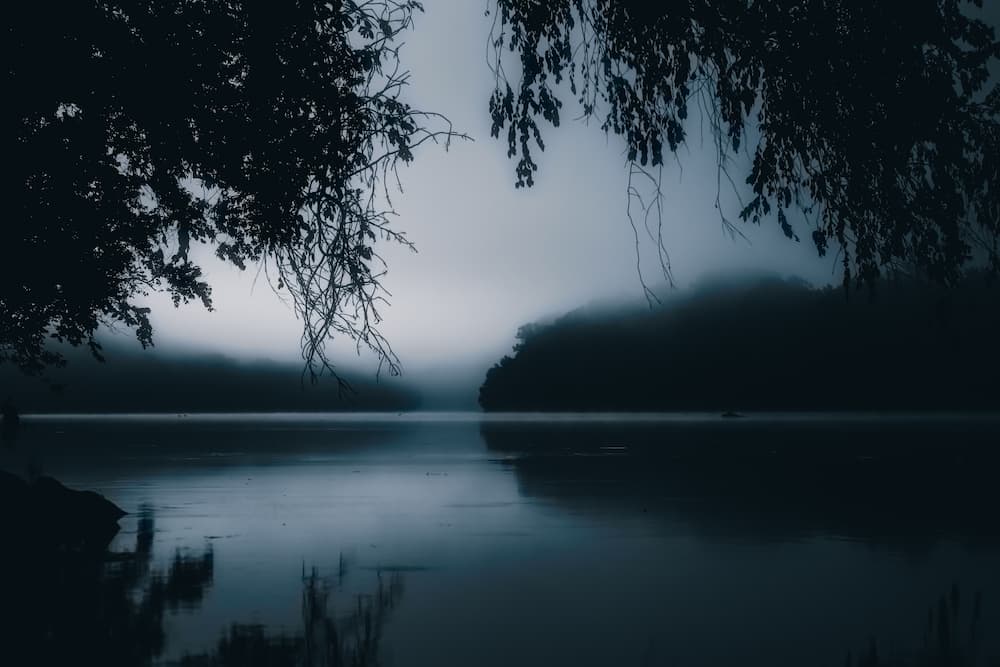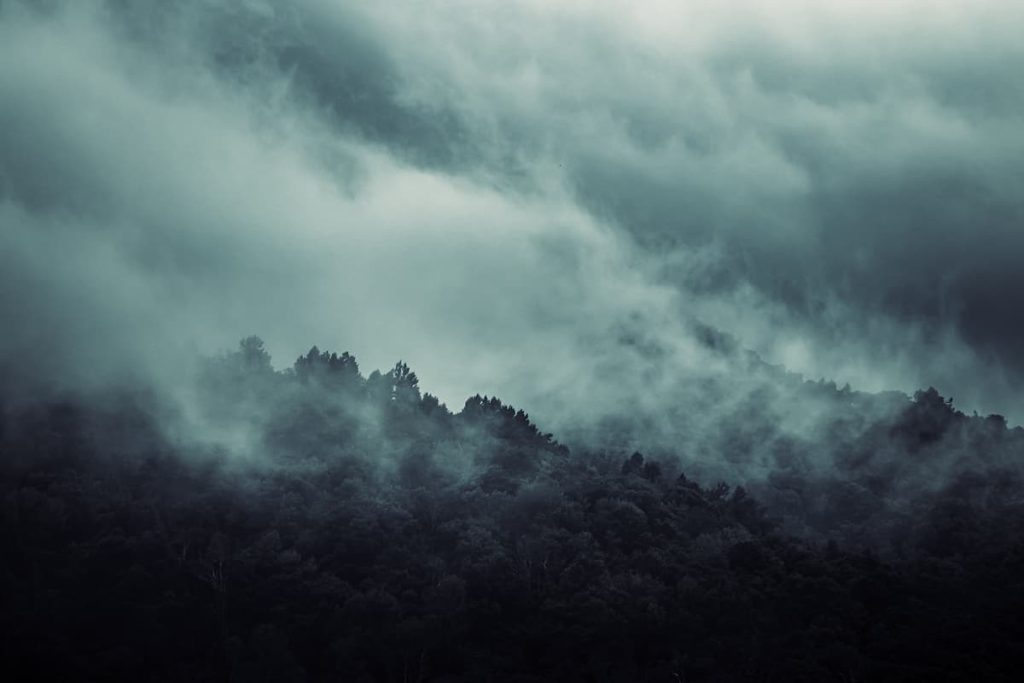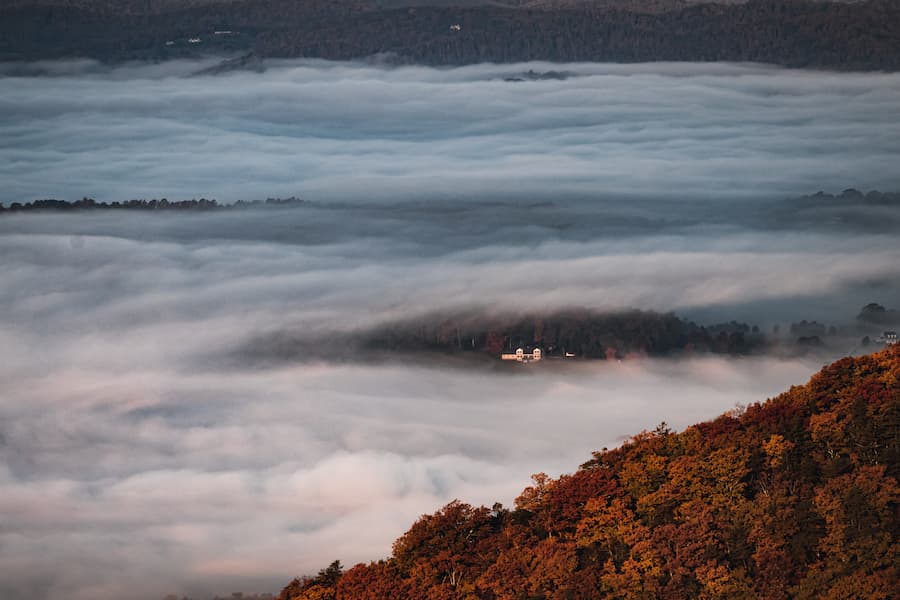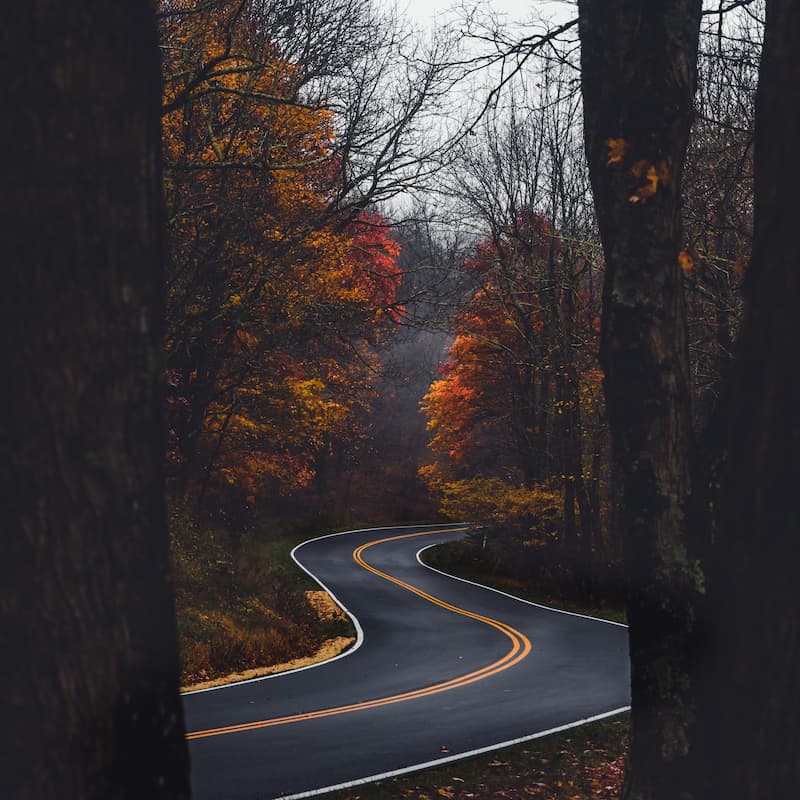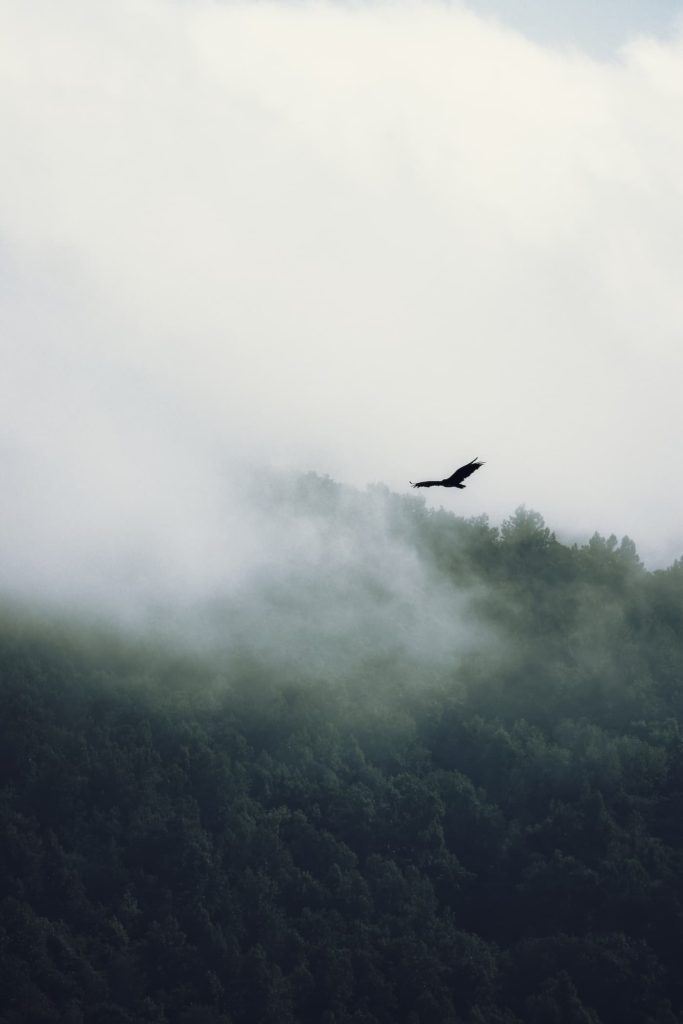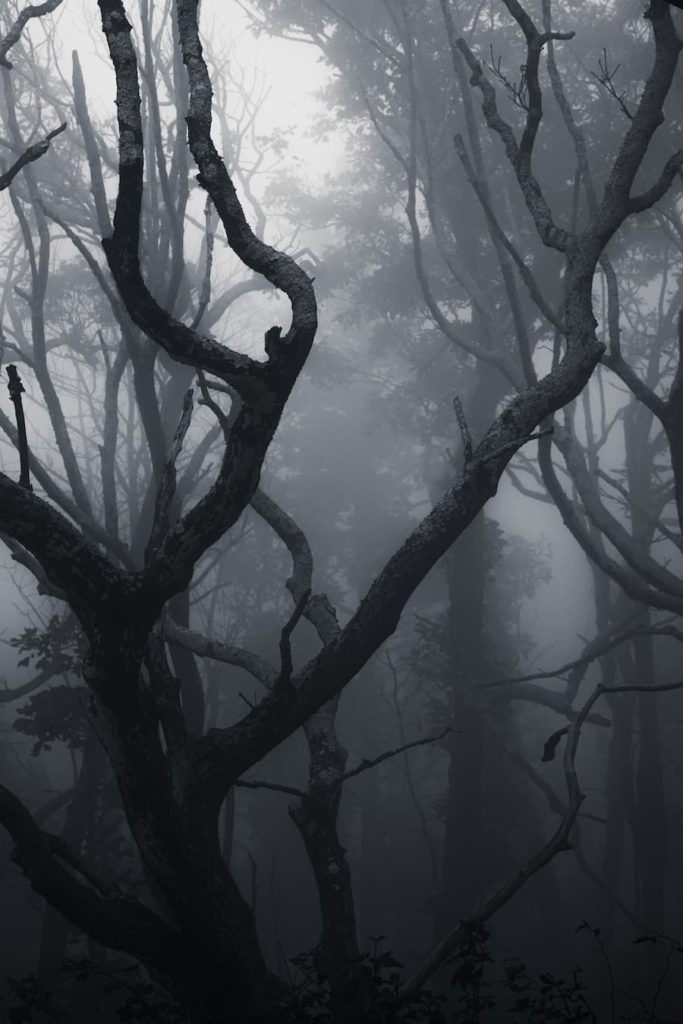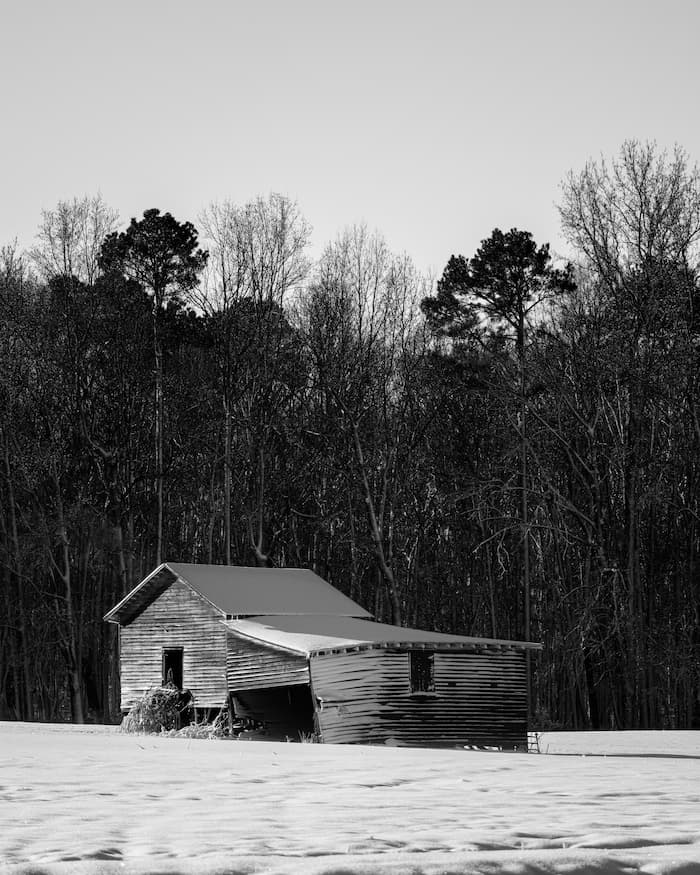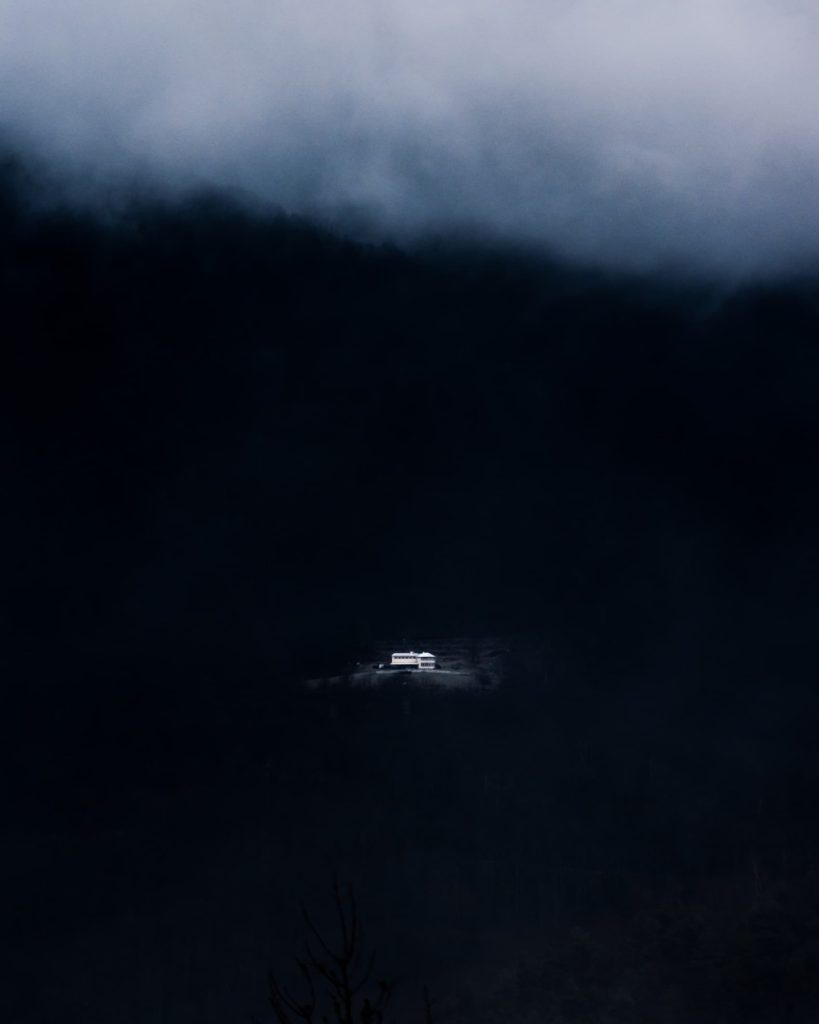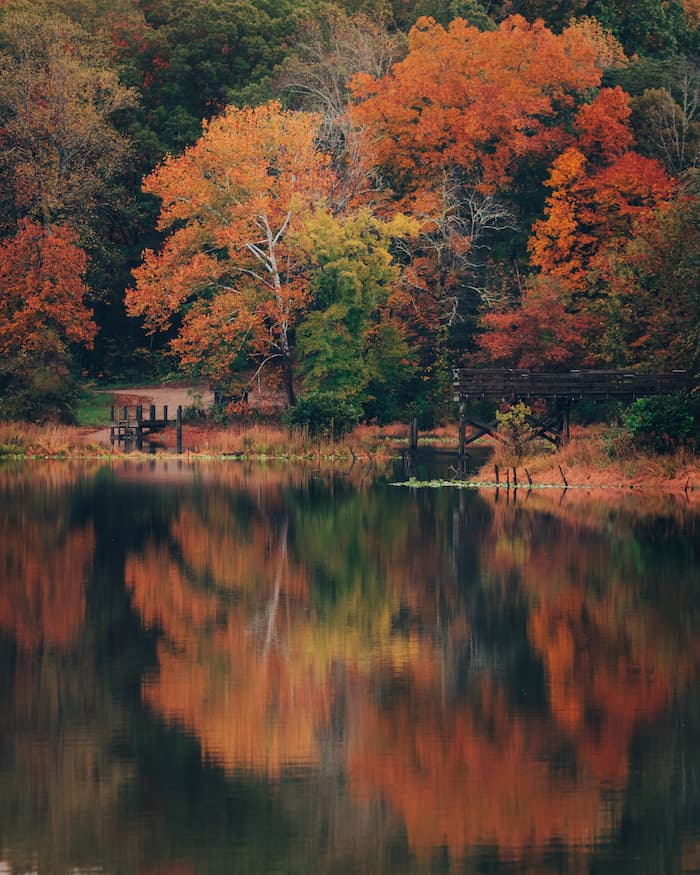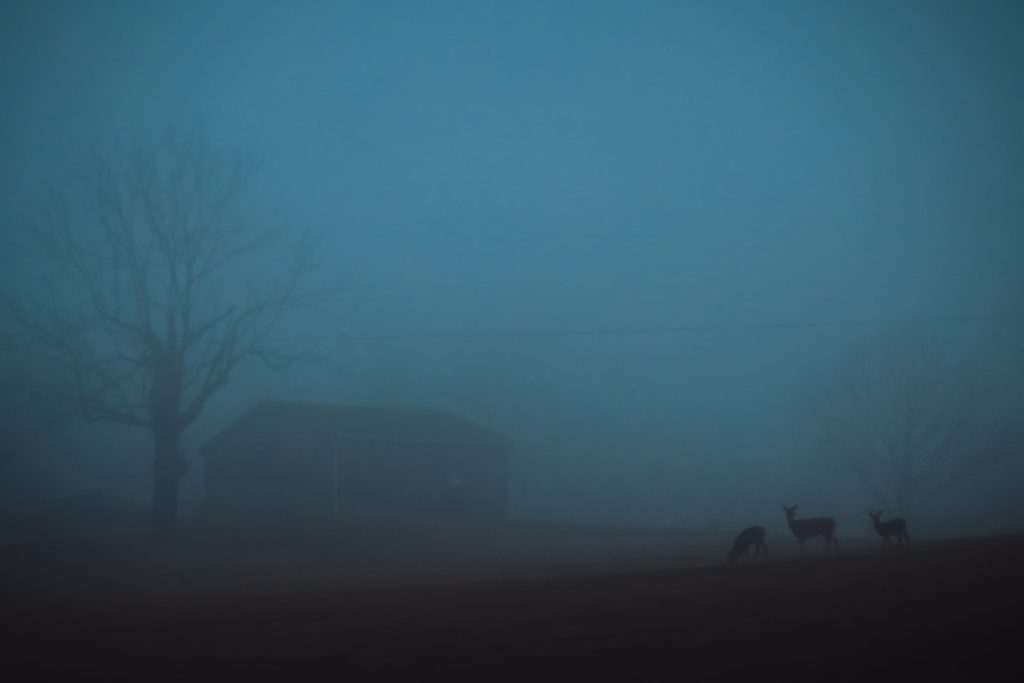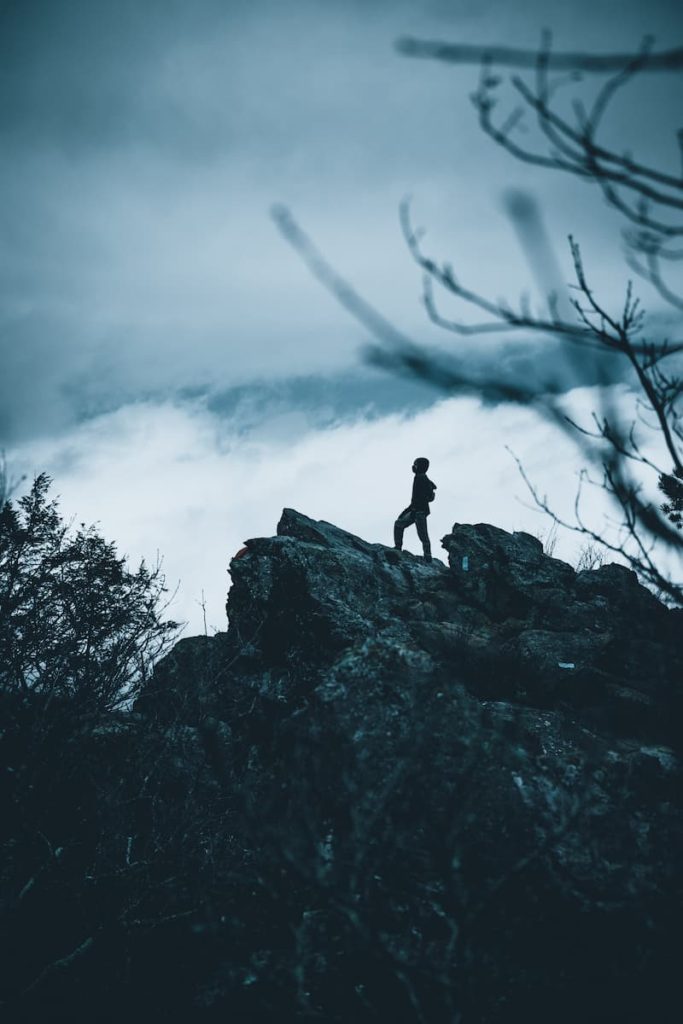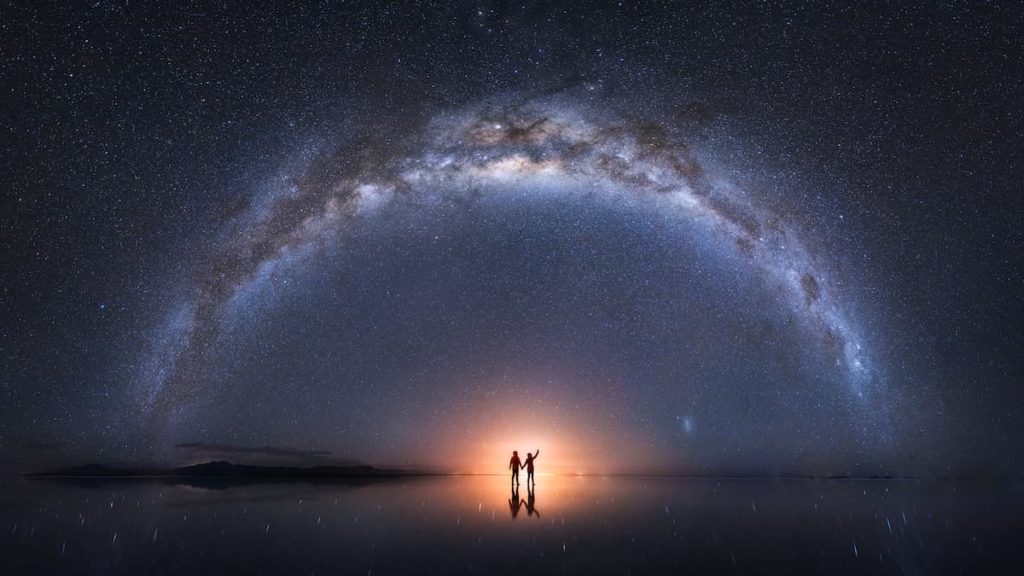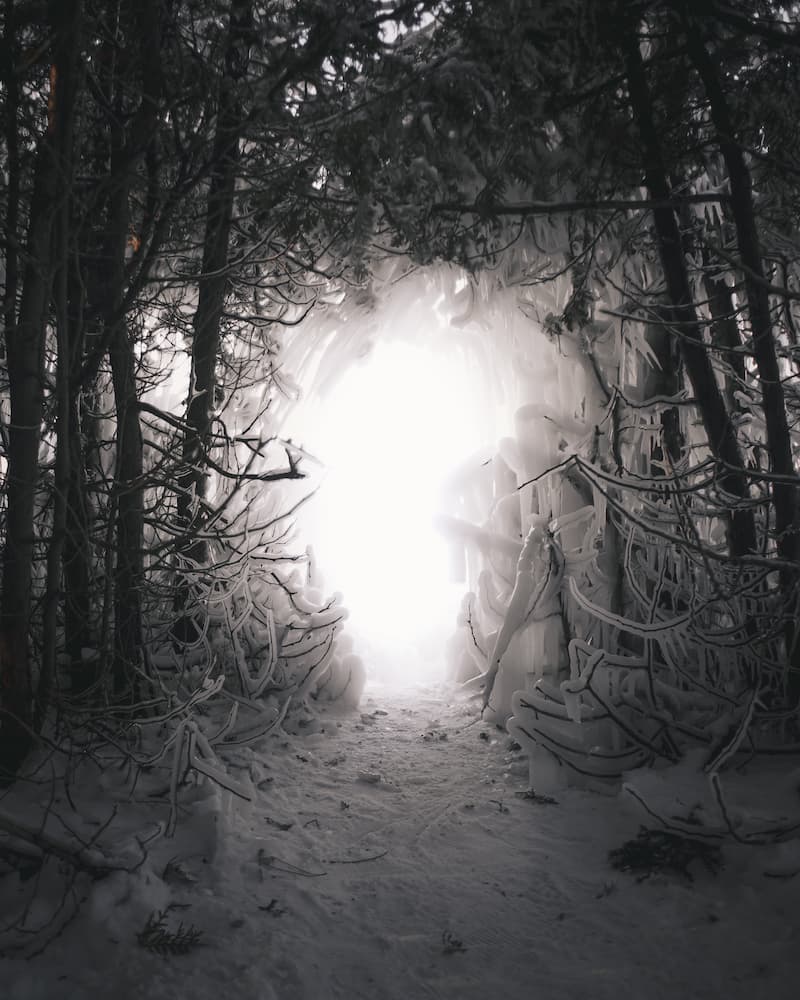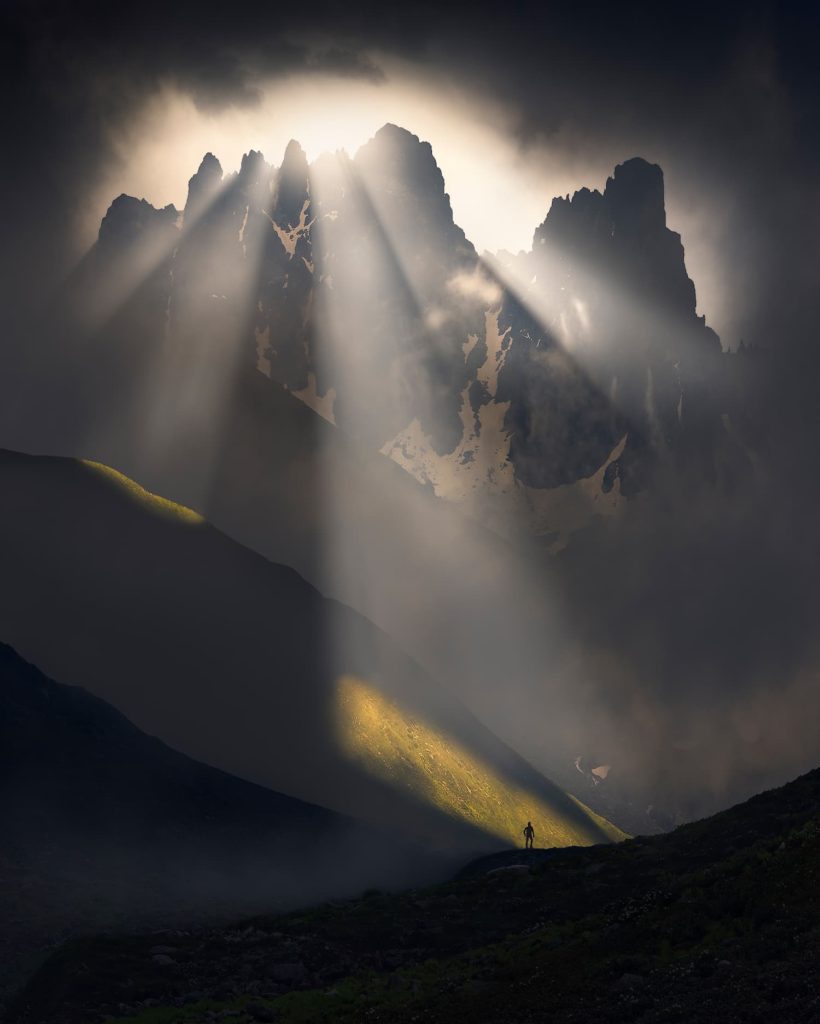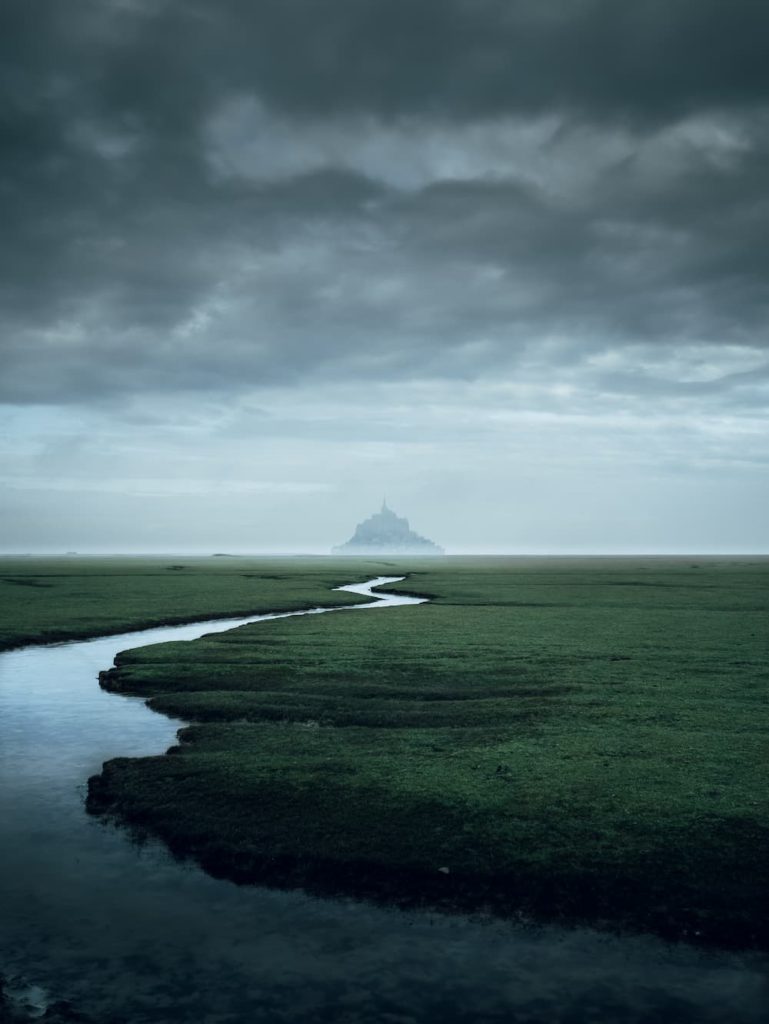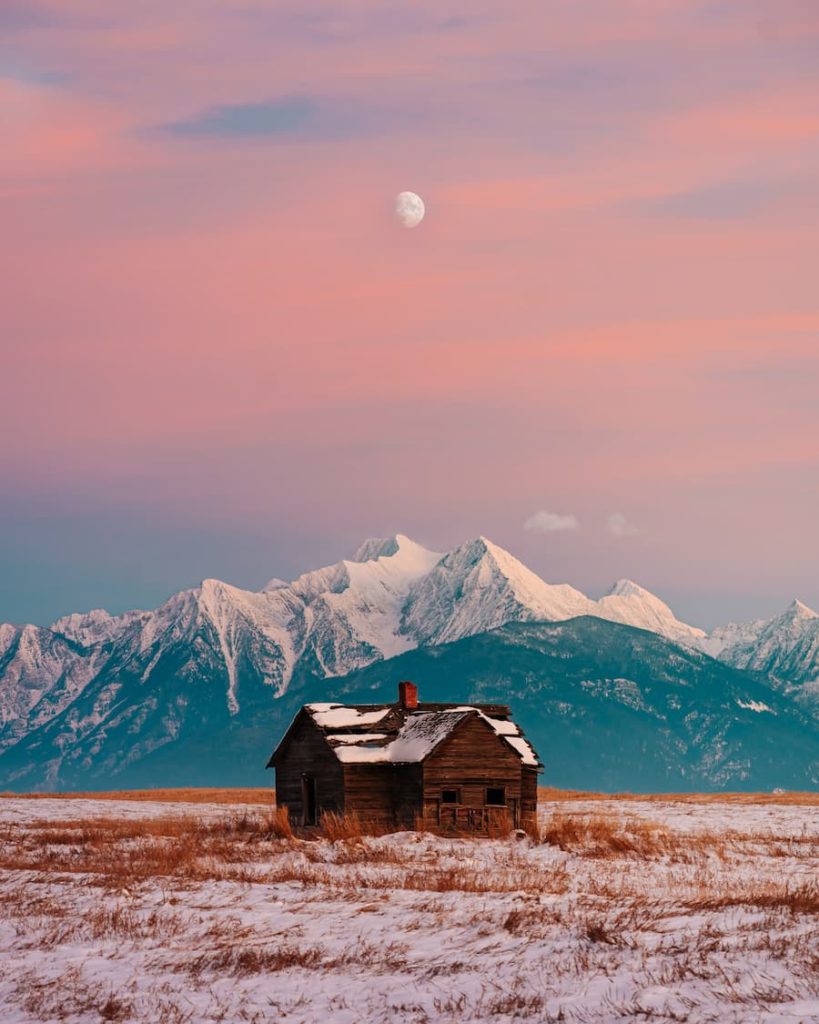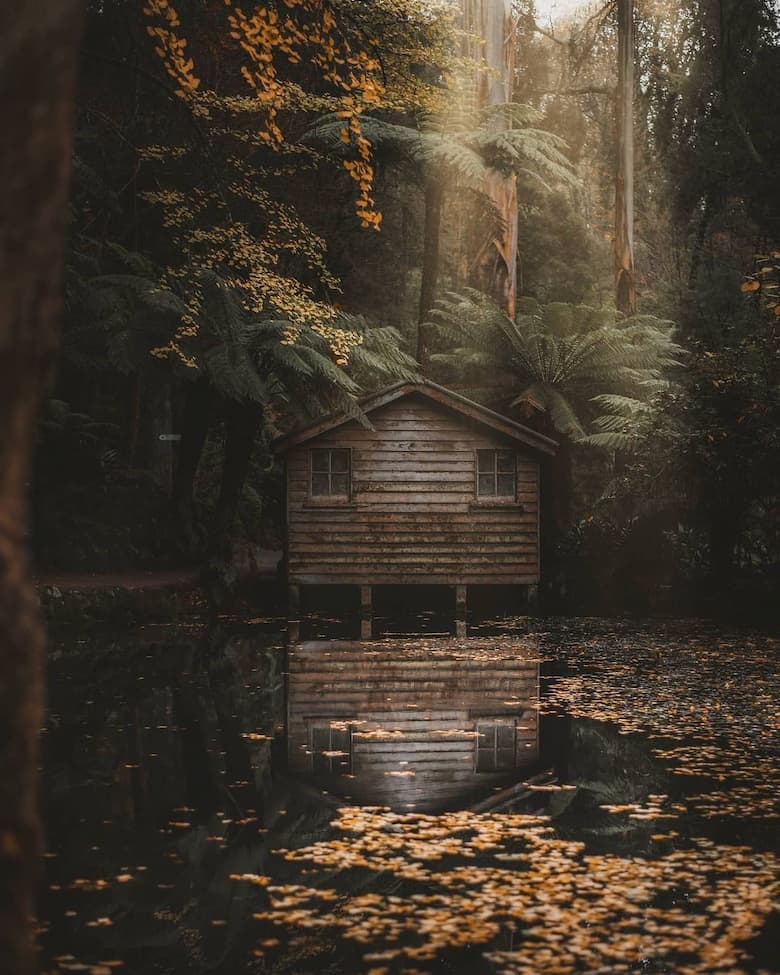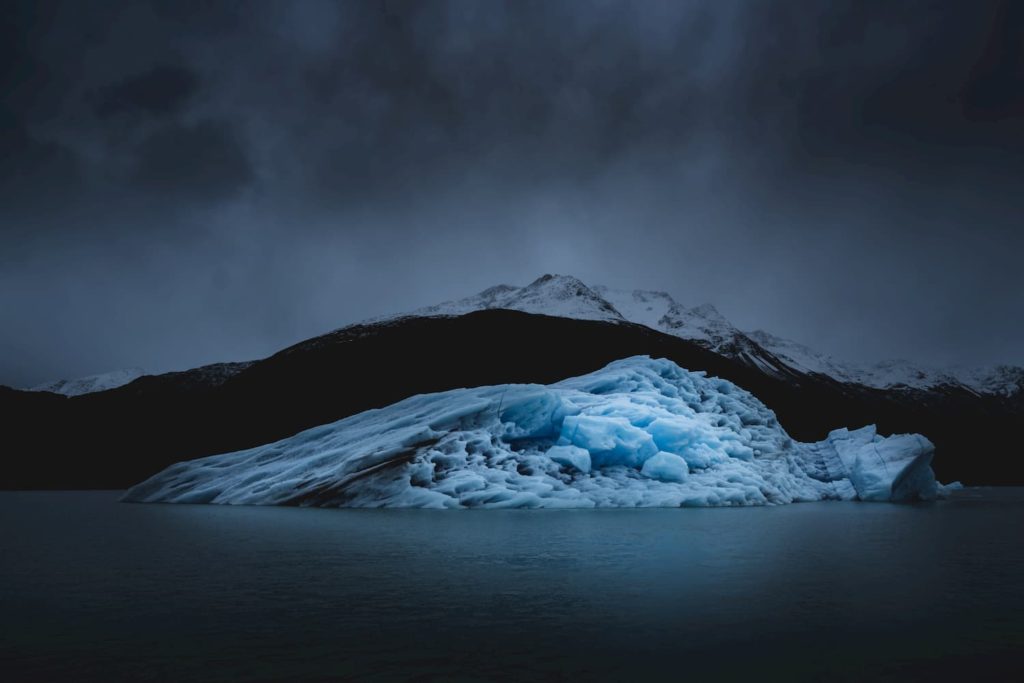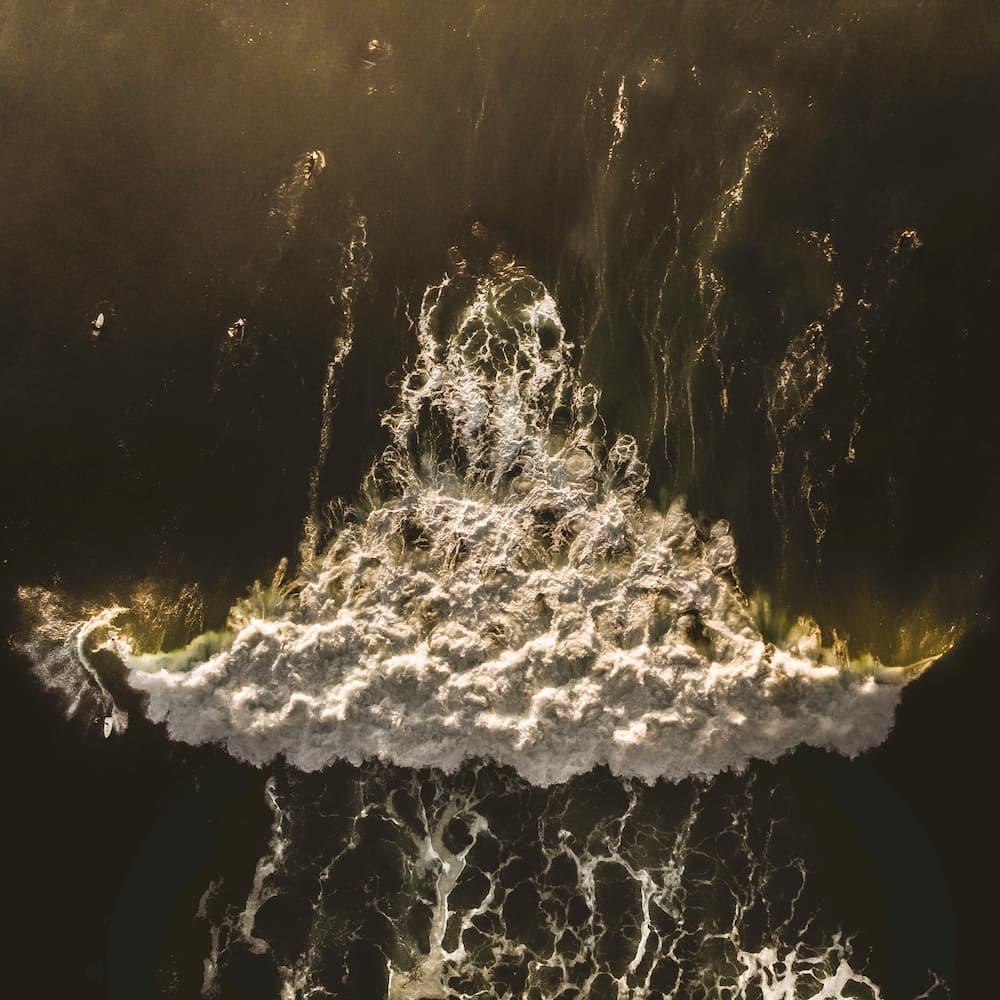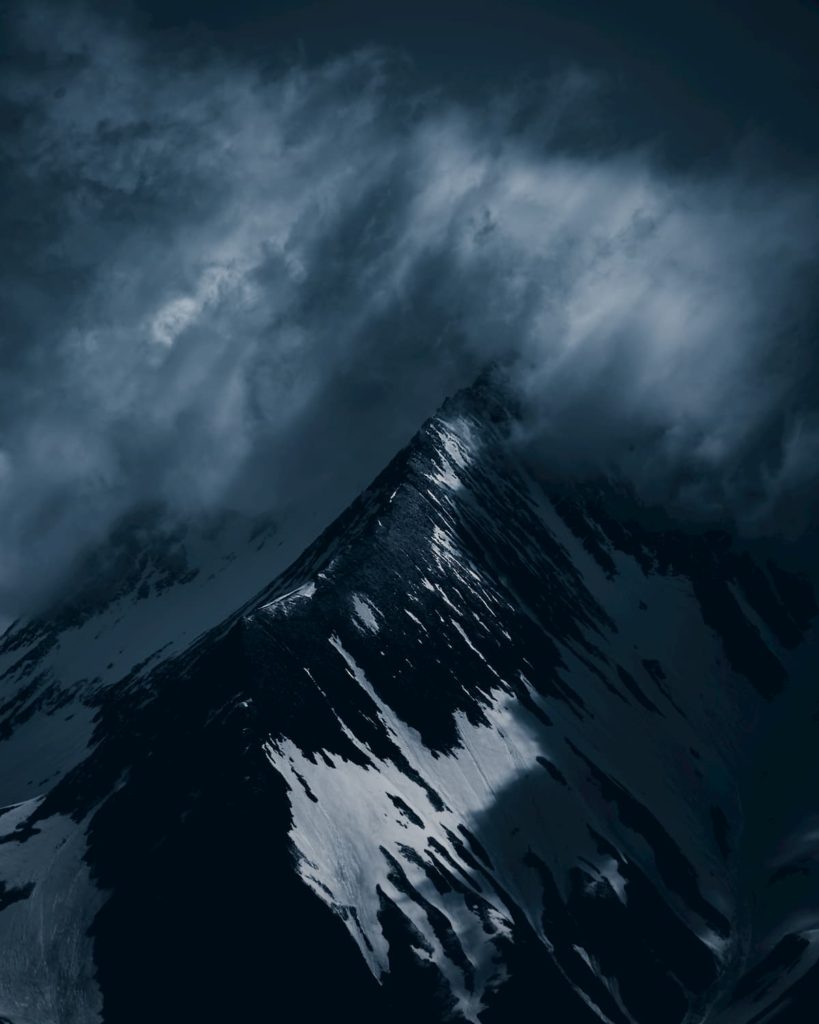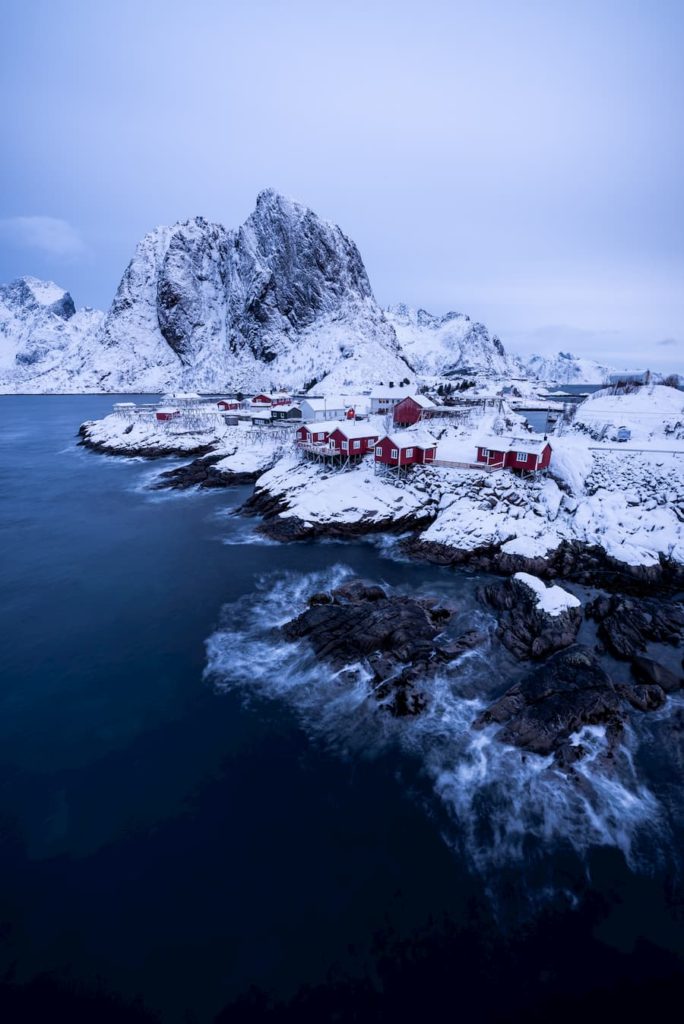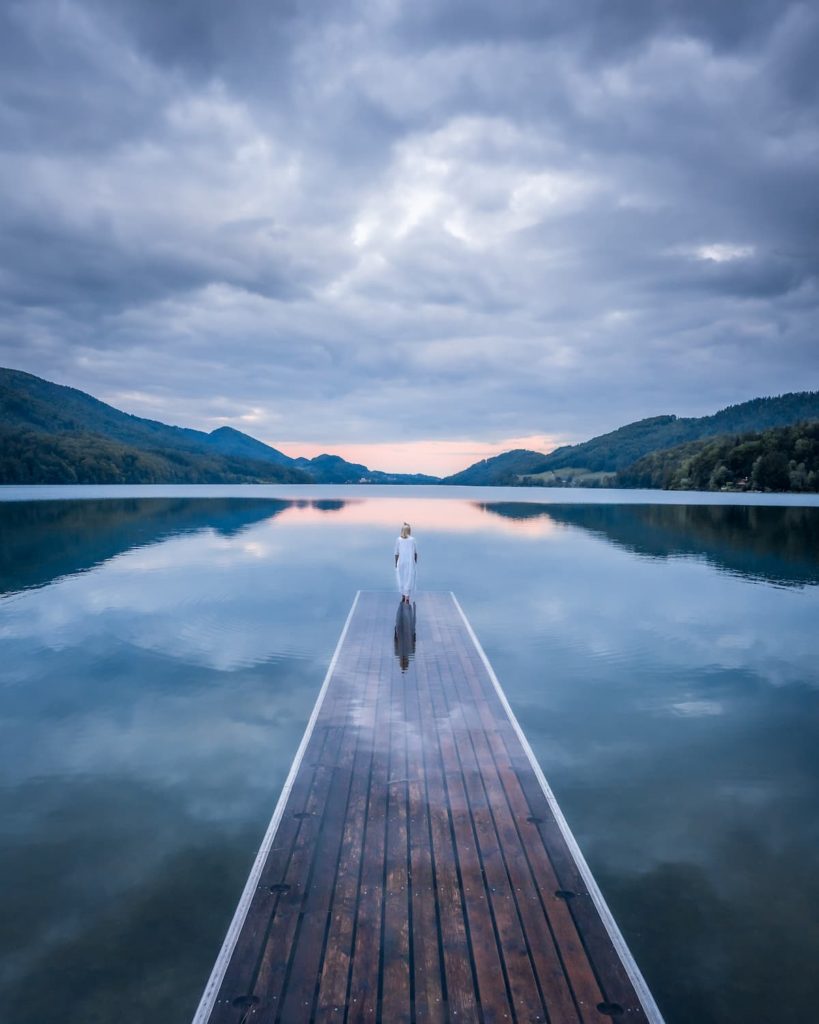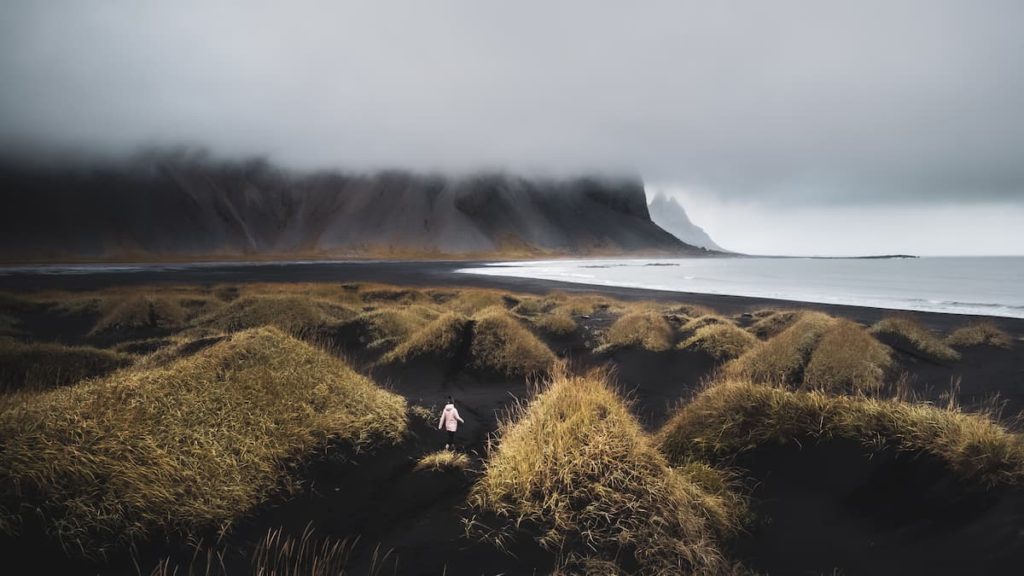
Cody Frayser
@frayser.outdoor.photo
Photographer based in the US
I grew up in a quiet rural town in central Virginia, U.S.A. Nothing interesting ever happened and life was slow. I have always enjoyed the outdoors; as a child, I would spend hours outside in the woods, in agricultural fields, in the dirt, enjoying the outdoors. Photography was never an interest of mine until much later in life. As a matter of fact, I was actually one of the people that thought photography was “easy work” and all you do is “take photos”. Boy was I wrong back then.
I didn’t develop an interest in photography until I was around the age of 16. I will never forget that moment – I was filming an amateur video for my (unrelated) YouTube channel one evening, processing fresh fish we caught for food, and I happened to look up and saw an incredible sunset. The sky looked like lava and fire. At the time the only camera I had was a cheap video camcorder and I used the still image function to take a photo that day.
"That photo is horrible by my standards today, but it is what kickstarted my love for photography."
Not long after my first shot, I would spend hours sitting in my window trying to take photos of the birds at the bird feeders. A couple of them garnered a fair amount of attention on social media and it was at this point that my grandma told me I had a gift and I realized that I really love this. Photography had become and would remain a significant hobby of mine. As you can imagine, by this time I had already learned that I was dead wrong about photography being easy.
Like everyone who is growing up, I eventually had to get a job. I found work that dreaded a 9-5 lifestyle which I did for almost five years doing photography as a hobby. Each progressing year got worse for me; more emotionally draining, more tiresome. I hated what I was doing. I wasn’t being fulfilled. It was during this time I started drinking. This later turned into a longer-term habit.
Late in my 9-5 career years, I got a new job opportunity with longer hours and more pay. I took it hoping it would help me get further ahead in life. Even though the income was nice, this job made my depression worse. I hated life more than I ever had before. I was in a really bad state of mind and I fell to extremely excessive drinking to cope with that. In my peak, I would drink straight vodka first thing in the morning when I woke up as if it was the morning coffee for others. I maintained a state of inebriation throughout the day and night 7 days a week.
I later quit this job over a fish… It was normal for me to work 12-16 hours a day, 5-6 days a week and as I mentioned, the income was good. I bought a whole fresh-caught salmon, the skin on and everything; my girlfriend and I filleted and processed it ourselves. It was our special treat and one of my favorite foods. One workday, we were promised we would get off work early. At the “end of the workday,” we were driving back to the shop and I texted my girlfriend to take some of the fish out and cook up something special since I would be back early. Well, after she started cooking it, our truck made a U-turn. We had a change of plans and ended up working till 9 PM that day.
"That was my final straw and I quit on the spot that day. I didn't go back to work and I haven't worked a 9-5 job since that day. I’ve also been sober since October 2020."
During all this time, photography had been one of the very few things that brought me joy and any hope toward the next day. I just really loved the peace that came with shooting and being in forests. I partially attribute my sobriety to Gary Vaynerchuk because his videos instilled a new confidence in me I hadn’t had before. He gave me hope. Pair that with my passion and the happiness photography gave me and it created a sobriety success story. I did it for myself and I’m happier now than I ever have been. It’s still hard, it doesn’t ever truly go away, but being sober has done incredible things for my skills as a photographer. My skill level while using alcohol, compared to now, is unrecognizable. I have invested an incredible amount of dedication and will into learning and honing my craft. They say practice makes perfect, but that’s not true. Practice makes improvement.
Eventually, my efforts and focus led to my first formal (video) shooting at a music venue. At this event, I met a few people that I am still friends with even today and I got to experience the absolute thrill of being the media guy. I got to be on stage, I got to meet the musicians, I got to go anywhere and shoot anything in the event I wanted with free reign. Getting to experience the diversity of environments and people and experiences really fueled my passion for entrepreneurial creative work.
The next big thing that happened in my new career as a visual creator and that got me to realize (in a horrendous way) how invaluable a photograph is, was when I got hired to take photos at a wedding for someone I knew. It was a beautiful wedding that took place where I used to work. It was by far one of the simplest and smoothest events I have shot even to date and the photos came out absolutely amazing. Tragically, the bride passed away in a car accident on the way home from the wedding that day. It was an extremely horrifying event. I did the only thing I felt like I could and canceled the invoice for the wedding and delivered the photos edited and processed for free. They invited me to be present when they showed the photos to the family. That was equally a heartbreaking and incredible experience. My heart was with the family, while I first hand experienced the value of a photograph. I was one of the persons, if not the last, to take photos of her before she passed.
"It was a high honor to be the one to have eternalized the best day of her life for her family."
Photography is now as much of my life as eating breakfast, lunch, and dinner. I am constantly experimenting and honing my abilities. I have also taken up an interest in film photography; I have multiple 110mm and 35mm cameras. I am now working on a significant longer-term project that entails utilizing film photography specifically for the unique look and feel it has. Not a day goes by that I don’t shoot at least something, with whatever camera that I have with me, but a casual walk and shoot, and going after publication-worthy photos are two different things.
I start the process by looking at the weather for the next week. What I look for is rainy, cloudy, moody weather. I also use an application called Meteoblue which shows me the forecasted cloud altitudes for different times of the day. The reason this is important is that the location of clouds in the atmosphere plays a role in how sunrises and sunsets look and even midday lighting. When I’m looking for a good sunrise, I look for cirrus clouds and other forms of high altitude clouds around the time I’ll be shooting. These high-altitude clouds are what help give sunrise and sunsets the very rich and dramatic tones. I also look for foggy mornings.
"Foggy sunrises are really just a completely different world."
After I look at the weather, I decide on a location within the area where the weather looks promising AND where the location will work in favor of the weather. For example, don’t hike a west-facing trail when your target weather is East.
I like to arrive early on location so I can sit my gear down, take a few on-location photos if necessary, and then sit down and relax and observe the environment, walk around, explore compositions I may not already be planning on shooting, and take some test photos. After this, I usually have a few shots that are my goals, but I really like to let the environment speak to me. I find that more often than not, the shot that you come for isn’t THE shot of the trip. So I try to embrace the natural flow of nature and my creativity.
From here, I will often upload my photos to LightRoom mobile on my phone to play with on the way home and post location photos, or story photos. One of the perks of using the Lightroom cloud is that when I get home, my photos are already synced to lightroom classic on my computer and I can get to work on editing.
When I edit a photo, I have a few goals in mind. Technical, Composition, & message/mood. The last two can be used interchangeably. For the technical goal, I want to make sure that my edit is technically sound. No unwanted noise, no banding, or negative editing artifacts. Noise and grain can be possible and I do often add some grain to photos creatively, but what I mean is to keep noise out of a photo that I don’t want to be excessively noisy. Then, I want to make sure that the composition tells the story of the photo as best as possible. Sometimes this means cropping a photo, sometimes this means editing out distracting elements like sticks, rocks, trash, reflections, people, or artifacts such as dust on my sensor. As for message/Mood, I aim for every photo to have the message or the mood I want to convey. Peace, strength, power, awe, drama, mystery, etc. I achieve this by applying a combination of dozens of editing techniques such as color theory, exposure, sharpening/softening, dodging and burning, masking, multiple forms of contrast such as the tone curve, color contrast, tonal contrast as well as much more.
Earlier in my photography experience, I understood basic editing but I didn’t understand complex editing and creative editing such as manipulating light in a photo, manipulating color tones, lifting blacks, using dodging and burning techniques and masking. I had tried to follow many Youtube videos at the time but largely they didn’t stick because I couldn’t visualize it with my own photos. I purchased presets from many different artists whose work I liked. Not with the intention of stealing their style but to understand what edits they made to create the different effects – Reverse engineering if you will. I used this to understand the power of the tone curve, color mixing, color grading, masking, color calibration, etc. Studying these presets is what created my fundamental understanding of how progressive small thought-out edits can lead to a powerful image and how you can use color science and color theory to imply or create the mood, message, or atmosphere you want or saw. I used this knowledge to develop my own unique style. So many professional photographers on forums argue against buying presets and tell novices to “edit and learn your own style” and I think this can be toxic advice. Not everyone learns the same way.
"You should learn whatever way works best for you."
Photography & art is fulfilling for me partially because I am visually dominant. Some people express themselves with words, some people express themselves through dance, I express myself through photos and videos. My photography is my interpretation of the world around me. The replication of my imagination. It’s how I can communicate with the world. Sometimes that’s how quiet and beautiful nature is, sometimes it’s to express the power and drama or mystery of nature or the world in general. Or to express the dark and depressing aspects. It’s a communication skill, but it’s also a meditative mechanism. Large crowds, cities, and chaotic environments stress me out. But if I have a camera in my hand, I am at peace. I can then photograph the world around me and create my perspective of the environment, or highlight the hidden beauty of a benign subject. Another reason my art is important to me is the effects it has on other people. My art helps bring some people peace and comfort.
Based on all the things I mentioned above, I selected a few shots that I categorize as “best shots of my career”. These include bucket shots, lucky shots, and what I call “apex” shots, as well as my most compositionally strong photos. These are photos I would submit to a photo contest or display at an art exhibition. My criteria for an “apex” shot is a shot you achieve at an apex of an exercise or photographic goal. Sort of like going on a trip to a new place, taking 1000 photos, and then picking one singular best one. Your apex of a certain situation, lighting, or goal in that time frame.
"Abstract shots are also a style of photographs that I love to create."
Shooting abstracts can be both fun and difficult. Some people think that abstract is merely just pointing your camera at something without a definitive subject and taking a photo. But it’s not that easy… You still have to follow some compositional rules and create balance in the photo to make it aesthetically pleasing to the eye. My goal is to create a pleasing and balanced photograph that lets the viewer’s creativity create different scenes, moods, and stories within the photo. Allowing the viewer to be the creative one.
If there’s one lesson I’ve learned about photography, it’s that we easily get into the “tourist” mindset when traveling somewhere new, where you rapid-fire off photos of cool things you see, and when you get home you are disappointed by many of them. A workaround for this is to instead of taking a photo of something, take a photo about something. If a particular windswept tree on the side of a mountain looks really cool to you, observe that tree, what is that tree’s story, what led it to exist there, what it has endured. Then take a photo about that story. Furthermore, it’s not often the first time you travel to a place that yields the best shots, but the second or third time, when you are able to delve a little deeper into the location and know better what elements to play with.
When you travel to new places, there’s nothing wrong with grabbing those cliche tourist classic photos for yourself. We all want that classic photo for ourselves. But the way we stand out as a photographer is by grabbing the same photo from a different perspective, or the same subject from a different perspective. This alone can transform a basic photo into an amazing photo. Sometimes you have to use a long lens and zoom way in on your subject, sometimes you should use a wider lens and include more of the surroundings to tell the story of the subject.
One of the even more significant things I have learned is to take plenty of journey photos. Take photos of the drive, of the car you are in, of your flight, of the people you are with. Those are the photos that will be memories for you. Those are the photos that tell the story of your trip. Not every photo has to be a perfect landscape photo, documenting the journey is perhaps even more important! It’s easy to get hyper-fixated on the destination and completely miss the journey there. We might be so focused on getting to the top of a mountain that we walk right past a patch of flowers that lead your eye straight through the valley to a distant mountain. Or we might be so fixated on the scenic views of the mountains, that we completely miss the wispy clouds and fog that roll over mountains that tell the story of the power and might of the mountains.
"One of my favorite things to photograph is just that actually, fog and clouds in the mountains where visibility is often so limited you can't see the views."
Similarly, sometimes we get so caught up in our goals, or even pleasing our audience, that we are not enjoying the craft as much. At that point, we need to take a step back and reevaluate what it is we love about it.
Take photos for yourself. Follow your creative vision. People will appreciate it and that is what makes you unique and helps to hone your style. A good exercise to be in is to create a piece of content for yourself, and then create a piece of content for your audience and merge the two when possible. Don’t worry about other people and what the pros say. If something is working for you, then it’s working for you. That is how your style develops!
Would you like content like this sent to your inbox?
NOMADICT
ART GALLERY
THE LATEST STORIES
WRITEN WITH PASSION TO INSPIRE YOU

Miroslav Maršík (@miromarsik): Photographer based in Czech Republic
In this article, Miro shares how his love for cinematic music evolved into a deep passion for photography and how he uses light, color, and atmosphere to turn the streets of Prague into living film scenes.

Aurora photography panorama workflow: A guide to camera settings, editing, and color
In this article, Stefanie reveals how her background in physics sparked her passion for astrophotography and how she blends science with creativity to capture the beauty of the night sky. Readers will discover her approach to color, contrast, and editing, as well as her aurora photography workflow.

Yhabril (@yhabril): Best of the Week 33 at #nomadict
Spanish photographer Yhabril captures the profound connection between humans and the mountains that shaped him. Growing up in the Pyrenees, his work bridges outdoor sports, landscapes, and celestial scenes — often blending athletes, moonlight, and wilderness into striking visual stories.

Ariane Totzke (@besondersschwierig): Photographer based in Switzerland
In this article, Ariane shares how photography helped her navigate personal challenges, connect authentically with people and animals, and develop a philosophy rooted in empathy and artistic freedom. Readers will also discover her ethical approach to wildlife photography and her trusted equipment for both camouflage techniques and cameras.

How to photograph Dutch tulip fields: A guide to light, gear, composition, and colors
Discover how to photograph Dutch tulip fields in their most magical light. From choosing the right gear and lenses to mastering composition, color, and aerial perspectives, this guide shares creative techniques to capture the beauty of the Netherlands’ tulips. Learn how light, color grading, and proportion bring emotion into every frame.
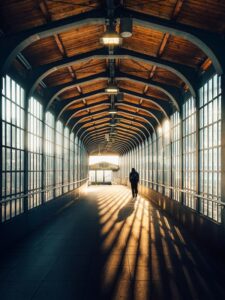
Cinematic city photography: An essential 6-step workflow
In this article, you’ll learn how to read and use light in your home city, choose the right technical settings for low-light scenes, and refine your editing workflow to shape color and atmosphere step by step. In addition, Dominik shares how to find fresh perspectives on familiar locations, five lessons that transformed his photography, and insights on the future of street photography.
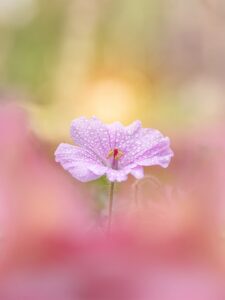
Kyle van Bavel (@kylevanbavel): Photographer based in the Netherlands
Kyle van Bavel is a macro photographer with a distinctive, dreamy style that transforms the unseen details of nature into magical worlds. In this article, he shares how his unique vision, shaped by a journey of self-learning and overcoming dyslexia, has become his greatest creative strength.

Inês Preto (@minespreto): Best of the week 20 at #nomadict 2025
Inês is a nature photographer drawn to wild, remote places where weather, wildlife, and mood shape her storytelling. In this article, she shares the behind-the-scenes journey of capturing the Best of the Week image: a puffin trio on the Faroe Islands. She explains how she approached the edit of this image, and shares key lessons she’s learned through experience.
